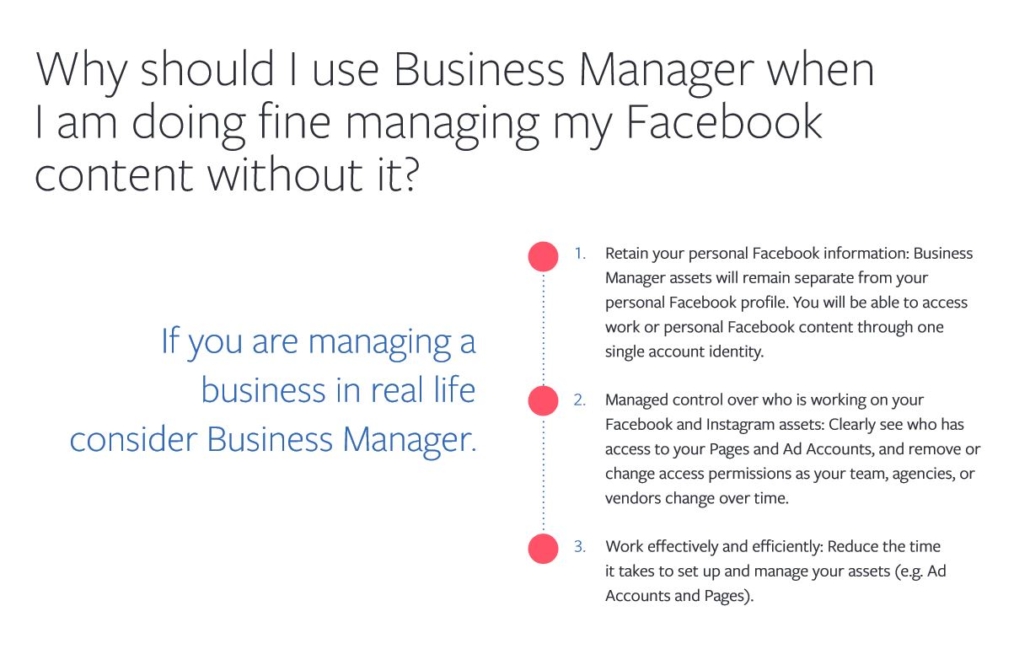I have thought long and hard about using the word “conscious” in an industry that offers luxury services, but after a year of work, I still believe this might be the best way to define this new – or better, different – approach to business.
So let’s begin by defining what “conscious” means.
Simply put, “conscious business” is a way of seeing business as a human matter (and experience) because the reality is that every interaction with our clients – from marketing to sales – IS an interaction between two human beings.
Yes, the very same way we claim that our clients forget there is a human on the other side… we also often forget our “clients” are human, going through our same worries, fears, stresses and doubts.
But why does this matter?
In the words of Brené Brown:
“All I know is that my life is better when I assume that people are doing their best. It keeps me out of judgment and lets me focus on what is, and not what should or could be.”
Brené Brown
Now if we see business as a human matter the choice for us business owners is simple: we can choose to make every act of business, or interaction with our clients (from marketing to sales, remember?) one that enriches our clients’ lives and fosters trust and respect or choose the opposite instead.
But pay attention: I am not suggesting you let others take advantage of you – in fact, setting strong boundaries and clear business practices is one of the 3 pillars of conscious business.
The 3 pillars of Conscious Business for Photographers: Ask for permission
One of the most common mistakes I see in marketing and sales is to just assume that everyone who contacts us asking for info is doing so because they want to buy from us (or book) there and then, and because of this we are entitled to chase them, follow up, and then consider them “time wasters” if they don’t take part to this fast and furious exchange.
Think about your own experience entering a shop.
Do you prefer being given a little time to look around and compare, and ask questions, or being followed around by someone who won’t let you go unless you explicitly tell them in 4 languages that no, you are not ready to buy?
A simple way for you to address this when people contact you is to… ask.
Especially when running ads, I strongly invite you to ask a simple question “I’d love to send you more details for your specific request, are you looking into booking a session as soon as possible or simply gathering information?” (now this is very formal, so adapt it to your style).
Other questions you might want to ask:
“I need to talk with my partner”
“Of course, no problem! Would you like me to get in touch next Tuesday to remind you of the deadline for this offer?”
or
“Of course, no problem! Would you like me to get in touch next week to check if you are interested in booking a session then?”
Silence in reply to this question is an answer.
Boundaries
Yes, assuming people are doing their best does not mean excusing their behaviour, not holding them accountable.
At the same time, trusting people does not mean allowing them to take advantage of us.
Brené Brown (Dare to Lead) explains this perfectly when she says that the most compassionate and generous people are also the most “boundaried”, but that most people struggle to set clear boundaries.
You can read more about boundaries and how to set them in this article, but I will give you another practical example.
In your contract, you most likely have some clauses or terms that you absolutely want clients to know about: cancellation terms, delivery times, or simply opening hours and how to contact you for business-related matters.
Well, having them in your contract is great – but even better is pointing those terms out to your clients ALSO in the email that accompanies the contract asking if there are doubts or questions.
This means you are not only “legally” protected, but you have also shown your clients that you are clear and firm about your terms – and not scared to enforce them.
“It turns out that we assume the worst about people’s intentions when they’re not respectful of our boundaries. It’s easy to believe that they are trying to disappoint us on purpose.”
What if everybody in the marketplace did the same?
This has always been my guiding principle for creating my own ads, but it works for most business practices.
When you are in doubt about doing something, in marketing or business, ask yourself: what would happen if everybody in my industry did the same?
Think about Venture (and they are not alone): they have forever affected negatively the way some people think and view newborn photographers, making your potential clients more sceptical and difficult to deal with.
The examples, unfortunately, are endless.
Offering “free downloads” just in order to harass people with salesy newsletters, free calls that are sales calls, etc… etc… etc…
As you can see, Conscious Business is nothing complicated – or particularly new.
As I always say, it simply is a way of treating every business act as an act of care.
“The Shift: Conscious Business for Photographers” is one of the 4 core programs of our coaching, together with the Marketing Mastermind for Newborn Photographers, the Perfect Pricing Blueprint and Pathway to Creation: Creative Marketing for Photographers.
To learn more about our hands-on approach to marketing that works to get you bookings, visit www.growyourphotographystudio.com


